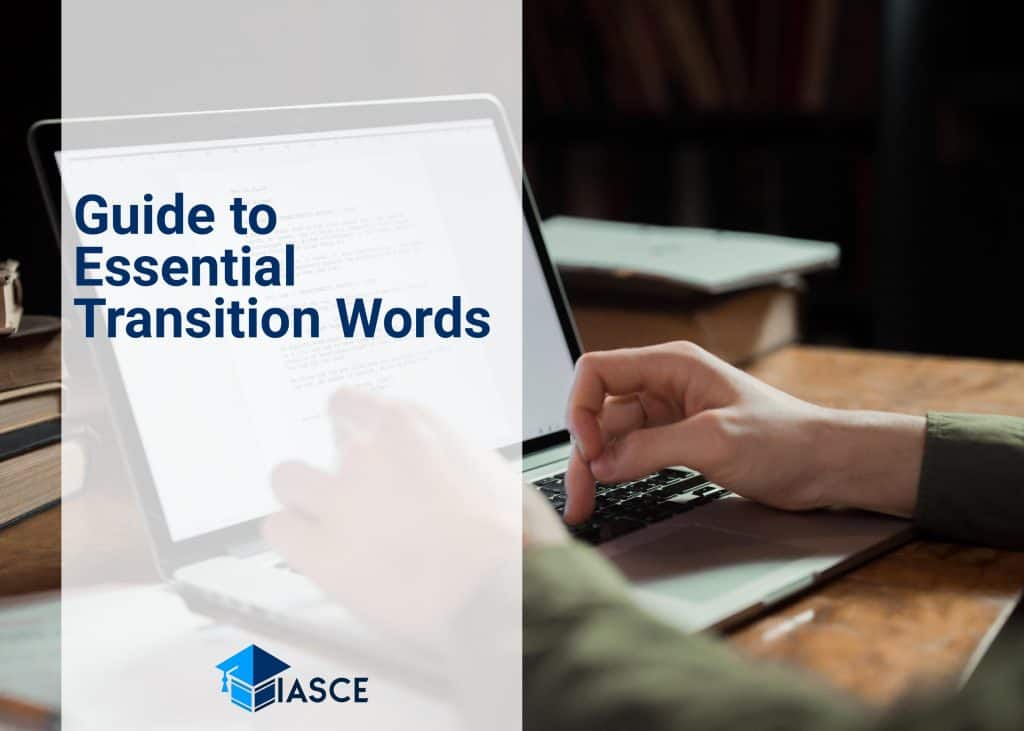Transition words, those magical little phrases, are the secret to smooth and cohesive writing. They’re like the stitching in a well-tailored suit, connecting your ideas seamlessly while guiding readers through your text with ease. In this article, we’ll dive deep into 15 essential transition words you can use to begin a paragraph.
Crafting paragraphs isn’t just about putting together sentences; it’s about creating an immersive experience for your reader. And that’s exactly where transition words step in—they’re the bridge between thoughts, giving your writing fluidity and purpose.
So if you’re ready to take your writing skills up a notch and keep your readers hooked from start to finish, stay tuned! We’re about to explore some of the most effective ways to kick off a paragraph using these handy linguistic tools.
Understanding the Power of Transition Words
When I delve into the realm of transition words, it’s clear they’re not just fancy add-ons to our sentences. They serve as indispensable tools that guide readers through our thoughts. Their subtlety often masks their power; they are the silent directors of your writing’s flow.
Think about transition words as invisible threads weaving together your ideas and arguments. They take on a critical task: ensuring that your reader can follow along smoothly from one point to another. It’s like giving them a map for navigating through your paragraphs.
Let’s introduce some examples, shall we? Here are 15 essential transition words you can use to start a paragraph:
-
However,
-
Consequently,
-
Therefore,
-
Moreover,
-
Furthermore,
-
For instance,
-
In addition,
-
Meanwhile,
-
Otherwise,
-
Conversely,
-
Nonetheless
-
Indeed 13.Similarly 14.Subsequently 15.Finally
Each serves its unique purpose in bridging gaps between ideas or introducing new ones:
|
Transition Word |
Purpose |
Example |
|---|---|---|
|
However |
Introduce contrasting point |
I love summer days at beach; however, the heat sometimes is unbearable |
|
Consequently |
Show cause-effect relationship |
He didn’t study for his test; consequently, he failed miserably |
Yet it’s not about stuffing these words into every sentence you write – it’s about strategic placement where they’ll have maximum impact, guiding your reader seamlessly from thought to thought.
Remember – with great power comes great responsibility! Misusing transition words can lead us astray or confuse us more than enlighten us.
Transition words are truly transformative if used wisely in writing – they illuminate paths and bridge divides, taking readers on an effortless journey through stories, arguments, and ideas.
Dive into the 15 Essential Transition Words for Starting a Paragraph
Let’s kick off our dive into the world of transition words with firstly. It’s a go-to choice when you’re listing points in your essay or article.
Another great one is additionally. This word introduces an extra idea that builds upon what you’ve already mentioned.
Then we have consequently. Now, this one’s useful when you want to show cause and effect between two ideas.
Here are some more essential transition words:
-
However: When you need to introduce a contrasting point.
-
Therefore: To give a conclusion based on previous information.
-
For instance: Perfect for introducing an example.
-
Next: Ideal for guiding readers through step-by-step instructions or processes.
-
Specifically: Use it when you want to focus on particular details.
Just as important, there’s also:
-
Meanwhile: For discussing events happening at the same time.
-
Ultimately: When concluding an argument or discussion.
-
Likewise: Handy for drawing comparisons between similar ideas or objects.
And last but not least:
-
In contrast
-
Despite this
-
And of course, good ol’ reliable: “On the other hand“
These three work wonders when it comes to showing opposition between two statements or facts.
I would love to provide examples of these in action! So I’ve put together an easy-to-understand table below illustrating each transition word within a sentence.
Example Table:
|
Transition Word |
Sentence Example |
|---|---|
|
Firstly |
Firstly, let’s discuss the budget. |
|
Additionally |
The book was thrilling. Additionally, it was well written. |
|
Consequently |
He forgot his umbrella. Consequently, he got wet in the rain |
Remember, using these transition words effectively can turn your writing from bland and disjointed into seamless and engaging prose!
Wrapping Up: Transitions and Their Impact on Your Writing
Transition words, they’re not just a spice for your writing. They serve as the essential glue that holds your thoughts together, guiding readers smoothly from one idea to another. I’ve seen firsthand how these tiny tools can transform a piece of writing from choppy and disjointed into something smooth and engaging.
Let’s take a moment to appreciate the power of transition words. They are much like traffic signals in a city. Without them, ideas collide, confusion reigns, and readers get lost in the mess. But with them? It’s an easy ride from start to finish with clear directions at every turn.
But don’t just take my word for it – let’s look at some examples:
|
Without Transition |
With Transition |
|---|---|
|
“I love ice cream. It is too cold outside.” |
“I love ice cream; however, it is too cold outside.” |
|
“She was late. She missed her bus.” |
“Because she missed her bus, she was late.” |
As you can see in the table above, transitions make relationships between ideas crystal clear.
Here are my top five picks for beginning paragraph transitions:
-
Firstly,
-
Additionally,
-
Moreover,
-
In contrast,
-
To illustrate,
These little gems shine when you need to establish order (firstly), add information (additionally), emphasize points (moreover), show opposition (in contrast), or provide examples (to illustrate).
So there you have it – transitions are truly transformative! By incorporating these handy helpers into your writing repertoire, you’ll be well on your way to crafting clearer and more compelling pieces that keep readers hooked from beginning to end.

